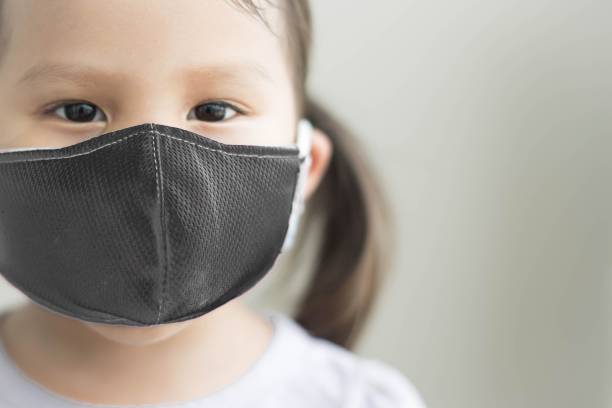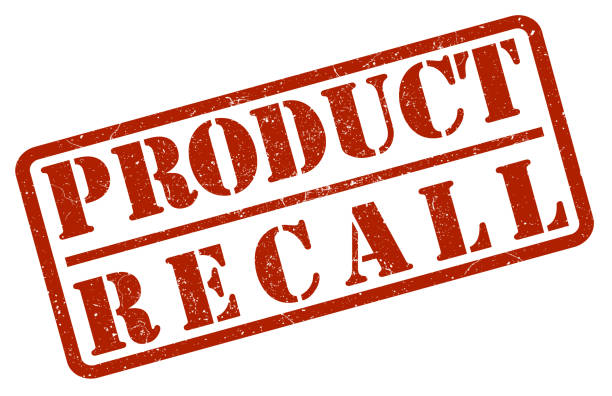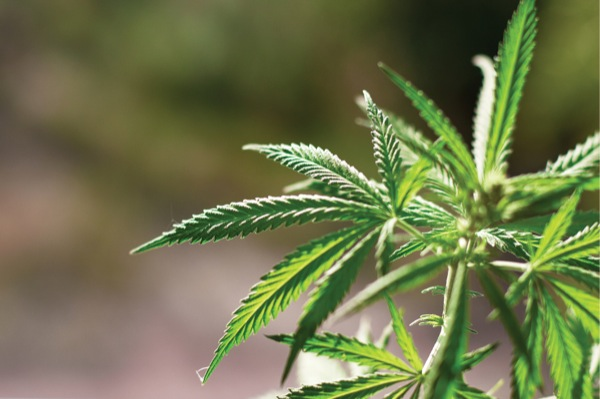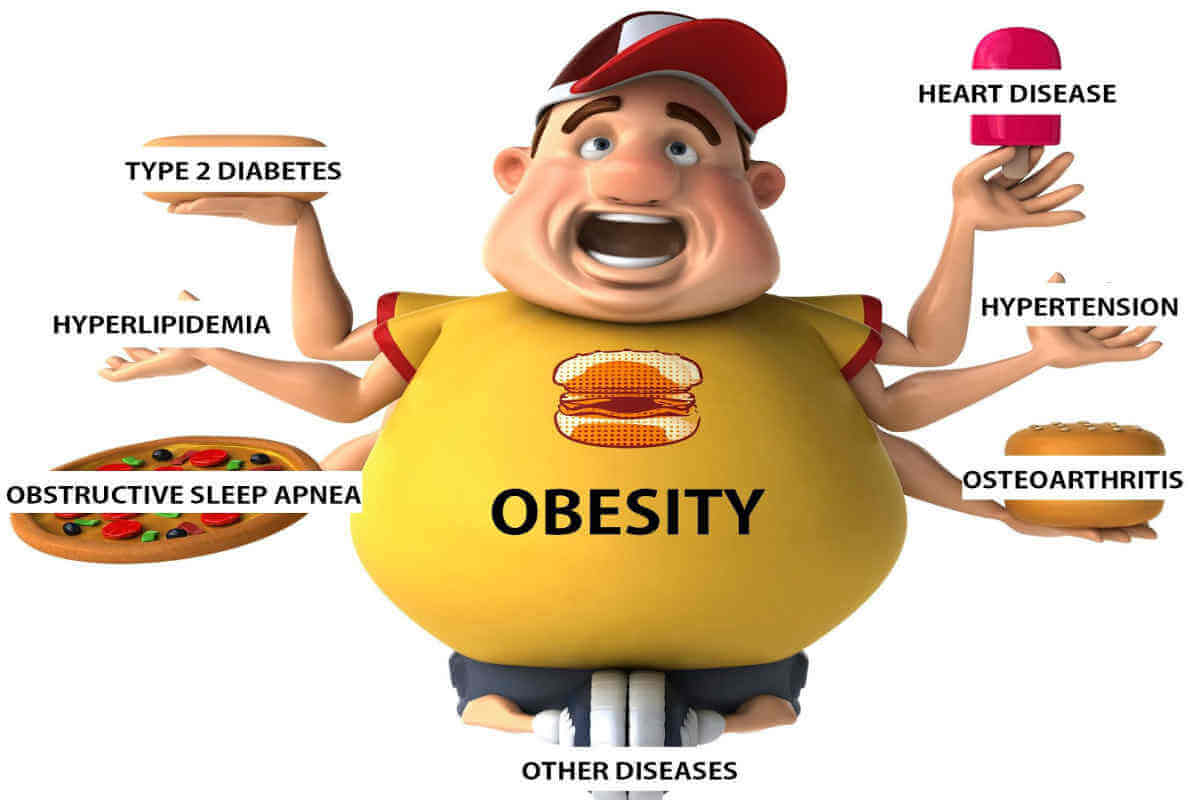Blogs
BLOGS
Babies and Small Children Get Hypoxic Very Easily
 |
Dr. Pankaj P. Singh Replies (0)
Reads(5470)
|
Infants and young children have little respiratory reserve and can develop respiratory failure and hypoxemia quickly when they are ill.
Read More
Sleep and Respiratory Care update : Clinical information for physicians
 |
Dr. Pankaj P. Singh Replies (0)
Reads(1111)
|
On April 26, 2021, Philips provided an important update regarding proactive efforts to address identified issues in a number of Sleep and Respiratory Care products, due to
possible risks related to a sound abatement foam component.
Read More
Regular Marijuana Use and Obstructive Sleep Apnea: A Recipe for Disaster During Sedation
 |
Dr. Pankaj P. Singh Replies (0)
Reads(9769)
|
In a retrospective study published in the Journal of the American Osteopathic Association (2019; 119:307-311), researchers concluded that more sedation medications may very well be required during procedures for patients that regularly use marijuana.
Read More
Obstructive Sleep Apnea and COVID-19 – Is There a Common Risk Factor?
 |
Dr. Pankaj P. Singh Replies (0)
Reads(1331)
|
Treatment for respiratory depression related to COVID-19 and Obstructive Sleep Apnea is the same – Oxygen. This is no coincidence. Oxygen is the catalyst, without which life would cease to exist. Oxygen plays a critical role in cellular respiration, the energy-producing engine that drives the metabolisms of all living beings.
Read More
The Dangerous Link Between Menopause and Sleep Apnea: Could Your Hot Flashes Be More than Menopause?
 |
Dr. Pankaj P. Singh Replies (0)
Reads(6188)
|
Obstructive sleep apnea (OSA) has often been thought of as being more of a “Man thing” and it is true that men overwhelming have a higher instance than women. However, research shows that as women enter and continue through menopause, their risk for sleep apnea increases and equalizes to those of their male counterparts.
Read More
